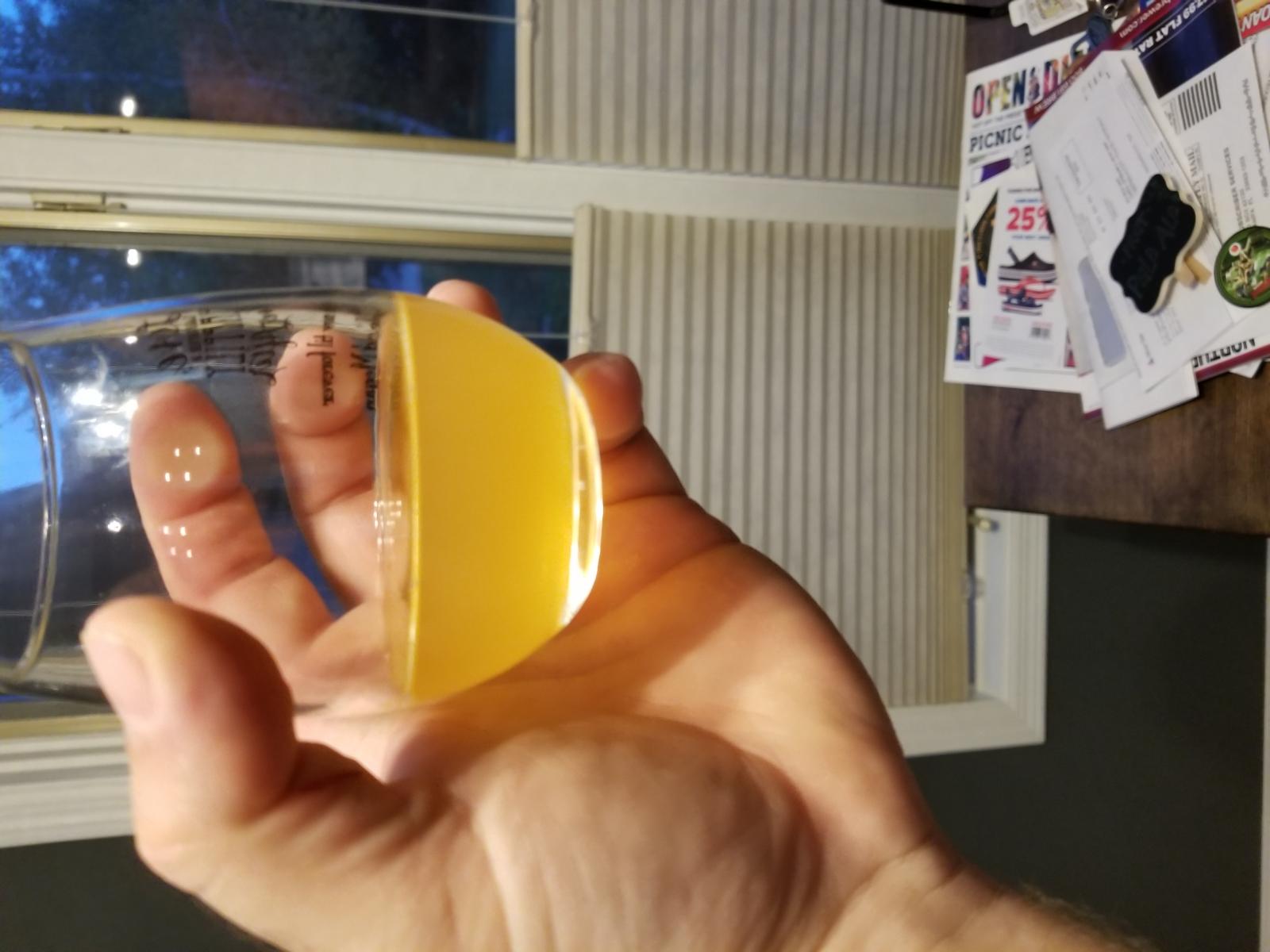So you made a pale ale with British yeast and lots of British hops including as dry hops - isn't that just a 19th century IPA?

What comes around....
I must admit even as a huge fan of British hops, Target would not be high on the list of varieties to use as a single late hop! 2016 was a poor vintage, particularly in East Kent, so I'd be tempted to wait for the (not much better, but still better and at least they'll be fresh) 2017 harvest. I'll never say no to Goldings, First Gold also works pretty well for this kind of thing, Goldings and Jester work really nicely together (if you can get Jester, it's a newish Faram variety). If you want something a bit different I'm a huge fan of Bramling Cross, although it can be a bit much on its own (I've a BX bitter bottle conditioning at the moment), Bullion is an unfashionable variety that does some similar blackcurranty things as a late hop.







![Craft A Brew - Safale S-04 Dry Yeast - Fermentis - English Ale Dry Yeast - For English and American Ales and Hard Apple Ciders - Ingredients for Home Brewing - Beer Making Supplies - [1 Pack]](https://m.media-amazon.com/images/I/41fVGNh6JfL._SL500_.jpg)








































